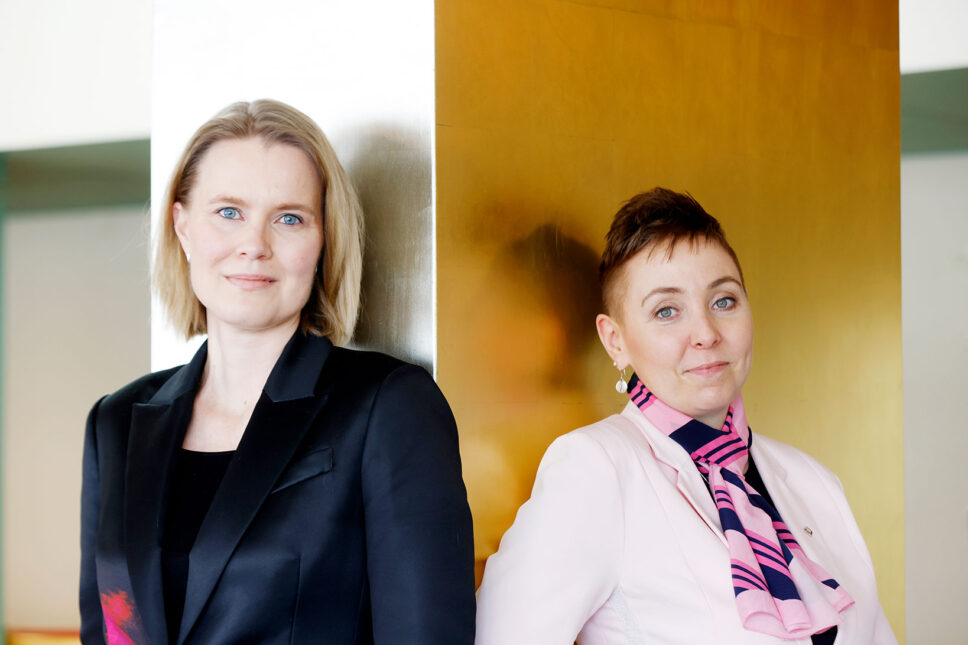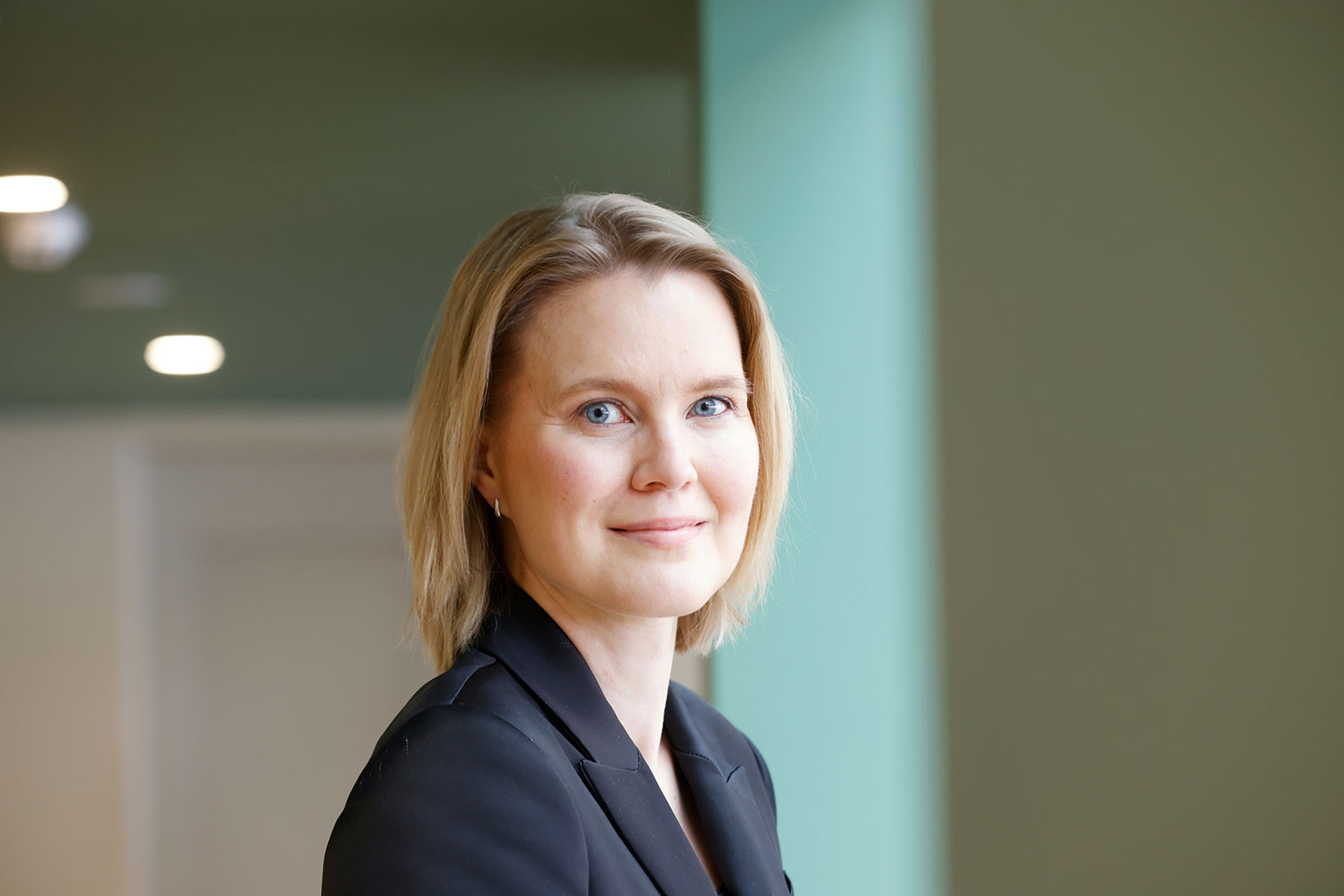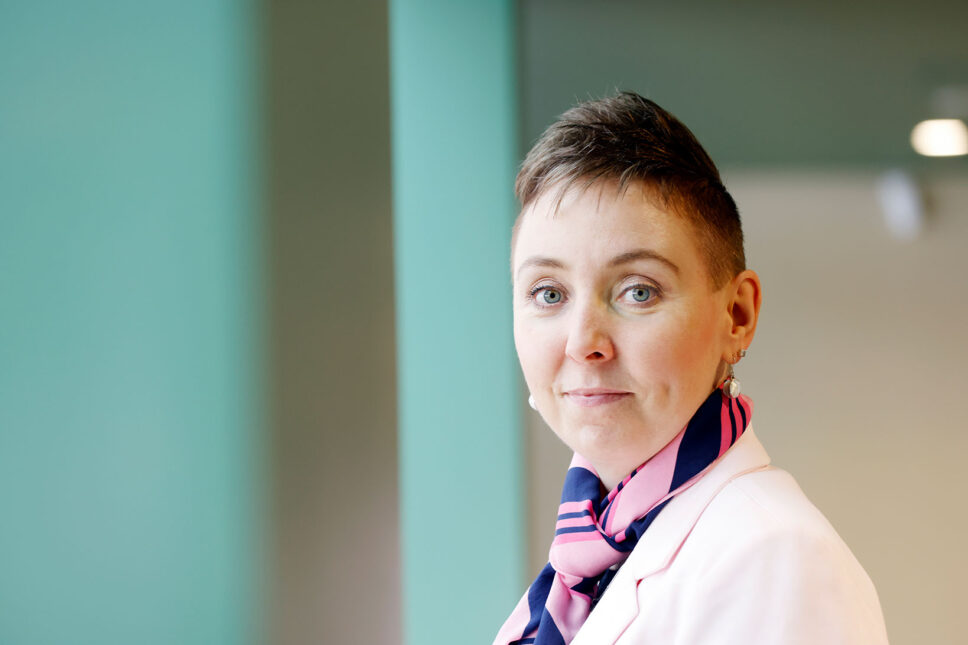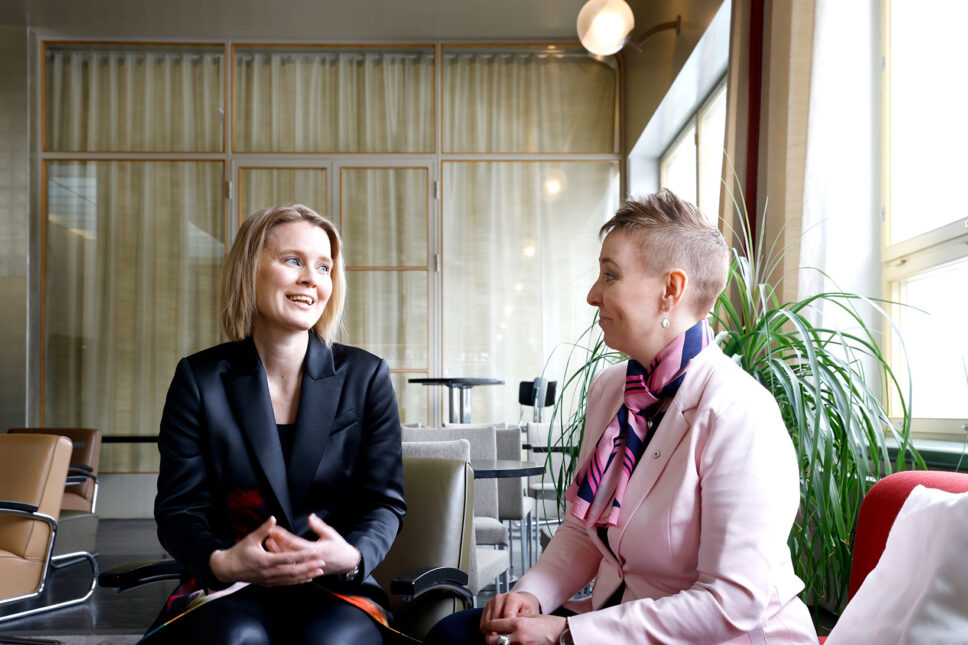Valmet’s green transition initiative already has more than 250 partners

Valmet is executing a major leading company project for Business Finland with over 250 companies representing various sectors. Together, they seek innovations to advance the green transition, transform recycling, waste and side streams into valuable raw materials, adapt existing technologies to new applications, and create new jobs.
Several sectors are facing various societal or legislative challenges, so it makes sense to look for solutions together. Valmet’s Beyond Circularity programme received EUR 20 million in leading company funding from Business Finland in 2022, and Valmet invested EUR 40 million itself. In return, it pledged to have an ecosystem with more than 100 partners by 2025.
The partners included universities, research institutes, customers, suppliers, and start-ups. However, Valmet has passed that milestone. More than 250 partners signed up in just over two years.
“We have a joint project underway with all of them, and they all contribute to the programme as part of the ecosystem. Some are involved in a subcontracting role. Nobody is merely an observer,” says Virpi Puhakka, Director, Ecosystem, at Valmet.
In line with Valmet’s technology vision 2030, the Beyond Circularity programme provides greater opportunities to support green transitions among businesses and their customers in various industries.

Although Valmet is the leading company, and the project theme must be related to Valmet’s roadmap, the parties share a common ambition. Valmet has targets, but so do the other project partners. There must be a shared vision, and all the parties must commit to it.
“It has been great to see that the ecosystem has new companies and potential customers whom we might not even have considered before,” says Viivi Villa-Nuottajärvi, Valmet’s internal head of the Beyond Circularity programme.
In addition to development and innovation activities, Business Finland aims to create jobs and ecosystems, targeting for new business activities worth billions. Business Finland offers EUR 50 million in additional funding for such ecosystems.
- Roadmaps are the views of leading and challenger companies on the types of solutions, technologies, and expertise required to accomplish the specified missions. The funding is intended primarily for joint projects between companies and joint projects featuring companies and research organisations.
- Business Finland offers funding for research, development, and innovation projects aligned with the roadmaps of leading companies.
- The companies that win the competition must increase their RDI cooperation with research institutions and SMEs. They must also engage other companies, universities, and research institutes in their projects (i.e., in the same ecosystem).
- A new challenge competition for leading and challenger companies was opened on 2 April 2024. The deadline for the first phase was 11:59 pm on Thursday, 5 September 2024.
- Competition proposals were required to provide solutions to major future challenges and significantly contribute to the targets of 4% research, development, and innovation (RDI) and 75% employment set out in the Government’s programme.
- The funding is only paid once the targets agreed for the project have been achieved.
- The winning companies have committed to increasing their cumulative RDI investments in Finland by nearly EUR 1.5 billion. If they succeed, the projects will lead to several billion euros of further industrial investments in Finland.
Some of Valmet’s RDI activities would take place even without Business Finland’s funding, but the scope and depth would suffer. The experience has been positive and educational.
“Valmet has extensive experience in R&D collaboration in various contexts, but previous projects were often ‘closed’ innovation processes. Now, we are making bolder, more cross-disciplinary progress and learning a lot,” Puhakka says.
Tackling joint challenges
As many societal and, for example, legislative challenges affect several sectors, partners may find themselves slightly sidelined in relation to conventional alternatives.
Megatrends in Finland, Europe and around the world are being examined. Legislative amendments may, for example, ban certain chemicals and materials. If recycling textile waste becomes mandatory, it will require new process expertise and the creation of recyclable fibres.
Many existing technologies created for other businesses could be used to develop the recycling of different materials, either directly or after reasonable modifications. Villa-Nuottajärvi points out that such technologies exist in the paper industry, for example.
Puhakka says that every business operator has its own secret core, such as a technology, service, or business model. However, there is ample opportunity for collaboration around that core.“This is what will be shaken up thanks to all these leading companies. Lots of development could occur around the core, and operators could move forward together,” she says.

Villa-Nuottajärvi points to the example of hydrogen, which is a hot topic at the moment.
“Depending on the application, some of the links in the value chain may not yet even exist,” she points out.
The same applies to the textile industry, where Finnish expertise is becoming thin on the ground due to a lack of education, among other reasons. Basic research and the industry as a whole are now being rebuilt, so it is imperative to break boundaries and silos and share information more openly.
In addition to new innovations and networks, Valmet’s partners benefit from the collaboration through competence development, which boosts their global business growth. The collaboration helps companies in their effort to embark on and manage a green transition. Partners can apply to Business Finland, the EU, and other sources for project funding.
“We also help our ecosystem partners respond to evolving demands. No one can do it alone,” Puhakka says.
Room for improvement
The overarching aim is to bring innovation, exports, and jobs to Finland. The funding promotes the principle of operating in an ecosystem, a practice that is still relatively new. Product development engineers require more interaction skills than before.
“The network will not give you anything unless you are an active member of it,” Puhakka says.
Valmet has a designated project manager in each ecosystem project who ensures that the company receives information about the project so that it does not remain only an ecosystem project. Furthermore, an external orchestrator takes on the bureaucratic and administrative burden so that a shared vision and target state can be created. The orchestrator also ensures high-quality funding applications.
“There are a few operators in Finland that make effective use of EU funding, but on a national scale, we are underusing the resources available to us compared to other countries,” Puhakka says.
Villa-Nuottajärvi says that substantial sums of money are awarded in EU funding. They could enable longer research projects, help acquire additional resources, and support the commercialisation of innovations.

Valmet’s experience with leading company projects and ecosystem activities has exceeded expectations and targets regarding the number of partners and projects.
Further development is expected in terms of the roles of start-ups and scheduling, among other things.
“Start-ups have plenty of ideas about the green transition and significant potential for the future, but the leading company model does not allow ecosystem funding for them. That is why we are bringing start-ups into the ecosystem as subcontractors. Many other leading companies have also mentioned this. Somehow, the leading company model should do more to enable start-ups to be included,” Puhakka says.
Villa-Nuottajärvi also points to the long-term outlook when the leading company project ends in 2025. Four years is a short time in product development.
Under Business Finland’s guidelines, the same company can apply for two consecutive leading company projects, but they must have different contents.
So what next? Will there be commercialisation programmes to support ecosystem projects, for example?
“The programme and ecosystem models have made a strong start, we have good managers, and we are really on a roll, but this needs to continue. As a business, we are doing everything we can, but we also need external funding to ensure the ecosystem projects can continue without interruptions. If we shut everything down only to restart it later, it would be a waste of resources. Finland would lose out in a big way,” Villa-Nuottajärvi says.
Text: Elina Hakola
Photos: Liisa Takala
